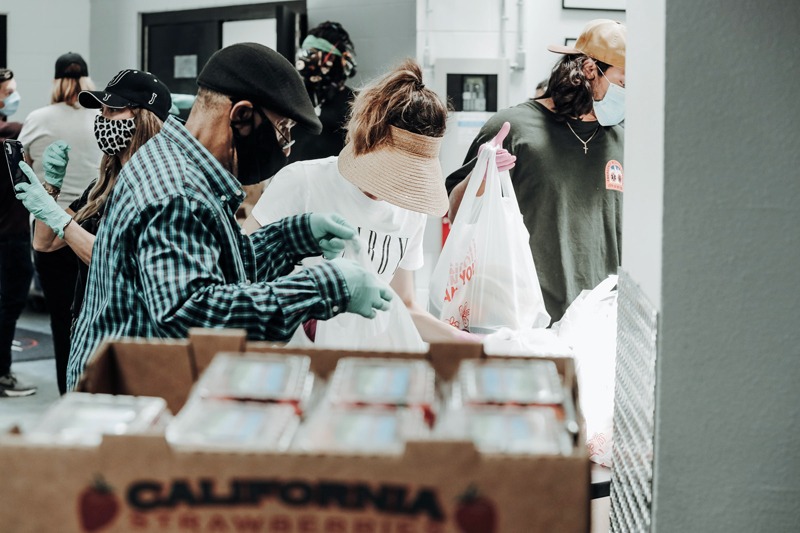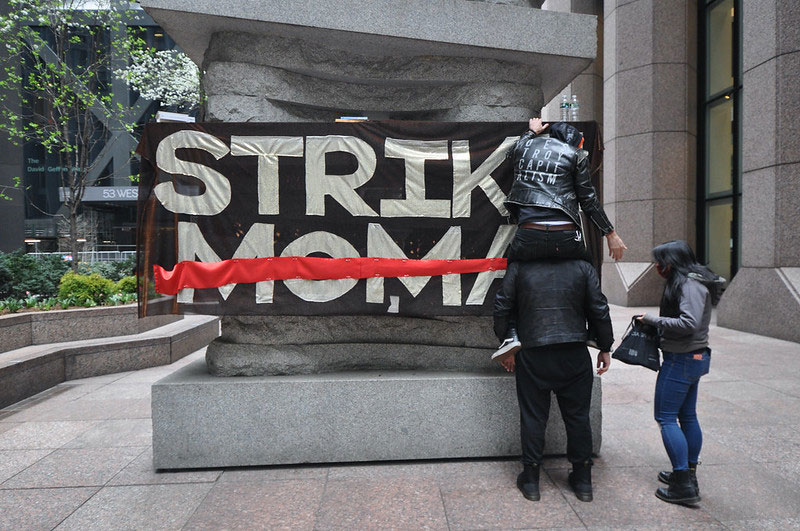| Subscribe via E-Mail | Subscribe via RSS | |
Submit a News Item |
Center For Responsible Lending In Fight With Front Group
Oct 20, 2009; Huffington Post | At NPQ, we’ve often cited the excellent work of the Center for Responsible Lending on the subprime mortgage foreclosure crisis. See here and here for example. Without CRL’s early and thorough analysis of subprime and predatory lending, we suspect that this nation’s laggard response to the foreclosure crisis might have been even worse. To us, CRL has been a model of public education on critical public policy issues. But its financial sector critics are looking to find ways of undermining the organization. The Huffington Post reported that a financial sector-funded group, the Consumer Rights League (notice the same initials, very clever, you banking sector front people!) reported that the Center for Responsible Lending had underreported its lobbying activities. When informed of the technical errors, the Center revised its filings so that they accurately accounted for $320,000 in lobbying expenses for its midyear 2009 report. Shocking? Come on. Let’s look at the banks own lobbying activities for the same period. The TARP-subsidized Bank of America spent $1.65 million in lobbying for the first half of 2009, Citigroup spent $3.25 million, Goldman Sachs $1.3 million, and Morgan Stanley $1.58 million. All four received billions in TARP subsidies, in contrast to the Center for Responsible Lending which even with its Community Development Financial Institution arm, received not a plug nickel in financial bailout dollars. But the Consumer Rights League? No transparency there regarding its finances (sources or expenditures), though its staffing is clearly politically conservative lobbyists carrying the message of the financial sector. So let’s find another message here. Many nonprofits are getting little bits of philanthropic support here and there from the profit-revived banks. That shouldn’t deter nonprofits from seeing that the financial sector writ large was and is the culprit behind the foreclosure crisis, that the sector sucked up huge subsidies without the slightest bit of controls such as salary caps or requirements for lending, and that now both Congress and the White House have been hardly aggressive with correcting the inherent structural problems in our nation’s banking and investment systems. For our money (literally and figuratively), we’ll side with the Center for Responsible Lending, thank you very much.—Rick Cohen
Cuomo’s pay-to-play rap for nonprofits
Oct 22, 2009; New York Post | Why is the Brooklyn Italian Youth Soccer Club with just over $200,000 in annual revenues for 2008 making donations to local area Democrats (9 since 2004)? This is a question that Governor Andrew Cuomo is trying to get answered. The soccer club is one among dozens of New York-based nonprofits who have made illegal contributions to local politicians over the past few years. Cuomo is looking to have it all paid back.—Ruth McCambridge
Goldman Bonus Stigma May Overshadow Charitable Effort
Oct 15, 2009; Bloomberg News | Sometimes, you want to channel “Network’s” Howard Beale and scream, “I’m mad as hell and I won’t take it any more.” Try this one. The TARP-subsidized Goldman Sachs made more income in the third quarter of this year than ever in its history—a mere $3.19 billion. Despite its subsidization by the American taxpayer, Goldman has already set aside $16.7 billion for executive compensation so far, up from $11.4 billion for the same period in 2008, with expectations of topping its record $20.12 billion in executive compensation in 2007. They aren’t dummies there at Goldman Sachs; they know that they’re going to get savaged in the press for laughing their way all the way to the bank—or to Wall Street. What to do? What to do? How about hiring the nonprofit Bridgespan Group to design a new charitable giving program to generate some good PR for the rapacious firm? Rumor has it, they’ve decided on a charitable giving program of as much as $1 billion. No details have been released or decisions announced. Melissa Berman of Rockefeller Family Advisors suggested that philanthropy best improves a corporation’s image when there is a long term commitment to a cause, “not a cause of the month.” Maybe U.S. philanthropy ought to eschew the notion that corporations can and should use a piece of their extreme profits to buy their way to respectability. For many observers, charitable giving from Goldman Sachs in the wake of record profits subsidized by the taxpayer during a raging recession will be seen as tainted money.—Rick Cohen
Sign up for our free newsletters
Subscribe to NPQ's newsletters to have our top stories delivered directly to your inbox.
By signing up, you agree to our privacy policy and terms of use, and to receive messages from NPQ and our partners.
{source}
[[script language=”javascript” type=”text/javascript”
src=”http://feeds2.feedburner.com/nonprofitquarterly/dailydigest?format=sigpro”]]
[[/script]]
{/source}













